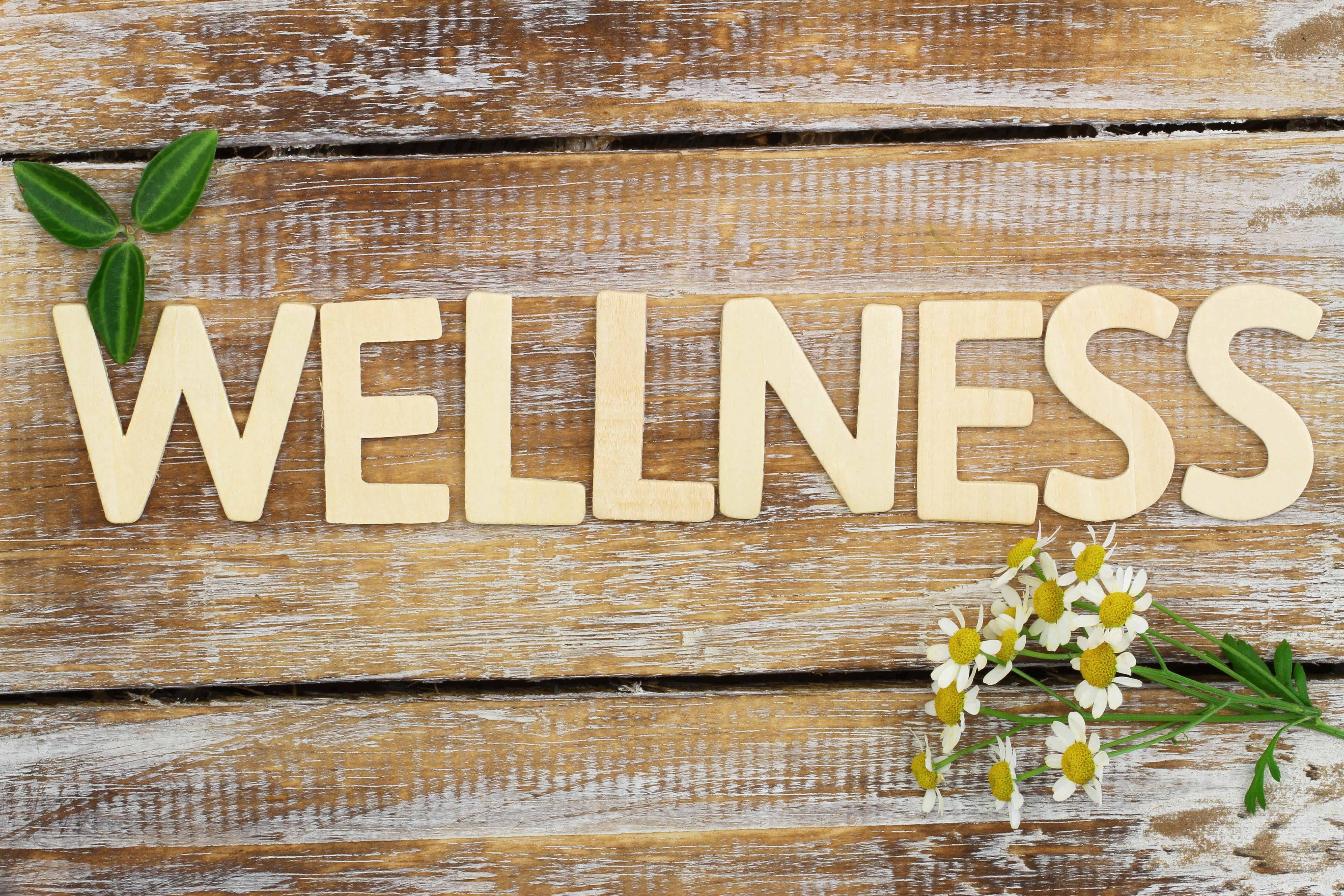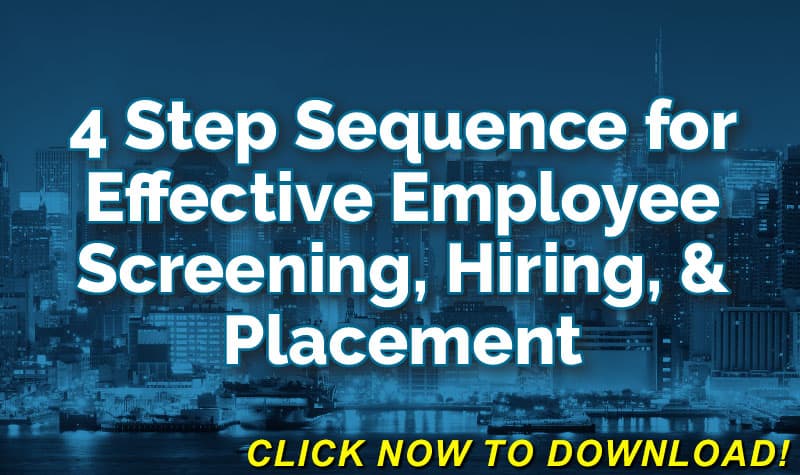
Many factors are involved in effectively handling these claims. One of the most important is the ability of the injured worker’s family to adapt and support the worker through the recovery process. But getting the family’s engagement may be easier said than done, and lack of that support can mean the difference between the injured worker attaining a level of function and productivity and delayed recovery. The most successful recoveries of catastrophically injured workers are those that involve support, communication, and education, for both the injured worker and, especially, the family.
A Life-Changing Event
Imagine getting a call that your significant other has just suffered a spinal cord injury or traumatic brain injury. You would likely feel overwhelmed with emotions: fear, depression, anxiety, guilt, confusion, and uncertainty being the most obvious.
Unless you have some medical training, you might not understand the diagnosis and certainly not the outlook for recovery. When you arrive at the hospital and see the look of fear on your loved one’s face — if she is even conscious — it increases your stress level and feelings of helplessness. And yet, you are now in the position of having to be her chief caretaker and support system.
A lot of information is coming quickly about the diagnosis and next steps. As you try to keep up with the medical information and are wondering even about the chances for her survival, you’re likely also processing the potential long-term repercussions, such as the loss of income. And you yourself may have been dependent on your significant other for support to care for medical or other issues you have.
Research has shown that the support of family members plays an integral role in the aftermath of a catastrophic injury. However, it is rarely, if ever, acknowledged and addressed by those caring for the injured worker. Instead, the attention is focused on the patient, and there is an implied expectation that the family will be there to provide whatever care and support are needed.
Family members can significantly impact the injured worker’s recovery — if their own needs are addressed. Getting the needed support from family members can only be accomplished if they have a clear understanding of the immediate situation, expectations going forward, and how they can help while still addressing their own concerns. Organizations that specialize in caring for catastrophically injured employees know how to work closely with both the family and the injured worker.
Education
Most workers have little, if any, idea of how the workers’ compensation system works, unless they or someone they know becomes injured. That’s an issue when even minor injuries are involved. The complexities of a catastrophic injury magnify that confusion tenfold.
In addition to expedited, appropriate medical care, accurate information is vital to the recovery process. Healthcare specialists with a deep understanding of the many facets of catastrophic injuries and those involved in processing the workers’ compensation claim must meet with the injured worker — and the family — as soon as possible after the injury and on a continuing basis. Their questions, concerns, and fears should be addressed. Among the initial topics to discuss should be:
- The diagnosis and expectations
- Potential complications and comorbidities, especially those involving mental health issues
- The claims handling process and what to expect, when and by whom
- Future care issues
Both the family members and the injured worker should be at the center of the discussions. The more informed they are, the better. By properly educating them and keeping them up to date at every turn, they can become an integral part of the decision-making process.
The healthcare team can provide needed support to family members by gaining insight into the family dynamics. Understanding the roles of each family member, for example, can help identify changes that may need to be made over the short- or long term.
Family members can be more engaged and helpful if they themselves feel valued and know what to expect. For example, in addition to depression and anxiety of the injured worker, family members can experience the same emotions; or they may feel guilty or resentful of the injured worker. The injured worker herself may feel guilty or resentful or feel her privacy and independence have been lost. She may feel her family members don’t really understand the extent of her pain and anguish.
A catastrophic injury changes not only the worker’s life but the lives of all family members. Tensions can erupt, especially if there were fragile relationships before the injury. The worker and her family members need to be made aware at the beginning of the claim that they may experience any of these and other emotions. They should also be encouraged to be open with one another and with caregivers.
Family Support
The care expected of family members can run the gamut. It may include, for example:
- Personal body care, such as giving baths or dressing wounds
- Household chores
- Yardwork
- Child care
- Elder care
- Filling out paperwork for the workers’ compensation claim
- Emotional support
Providers working with the family need to be adept at carefully listening to and involving the members. They may also need to provide training in many of the caretaking requirements.
Those with expertise in working with family members can also detect if and when reliance on the family to provide caregiving support fails to work and whether alternative care is required. The injured worker may need to have regular visits by medical providers or may be best served in a facility better able to provide the care she needs.
Conclusion
Workers’ compensation claims involving catastrophic injuries are at high risk of going south. The best way to keep these claims on track is to work with a team of skilled advocates for both the injured worker and her family.

Contact: mstack@reduceyourworkerscomp.com.
Workers’ Comp Roundup Blog: https://blog.reduceyourworkerscomp.com/
©2021 Amaxx LLC. All rights reserved under International Copyright Law.
Do not use this information without independent verification. All state laws vary. You should consult with your insurance broker, attorney, or qualified professional.








